-
main-collection-product-grid
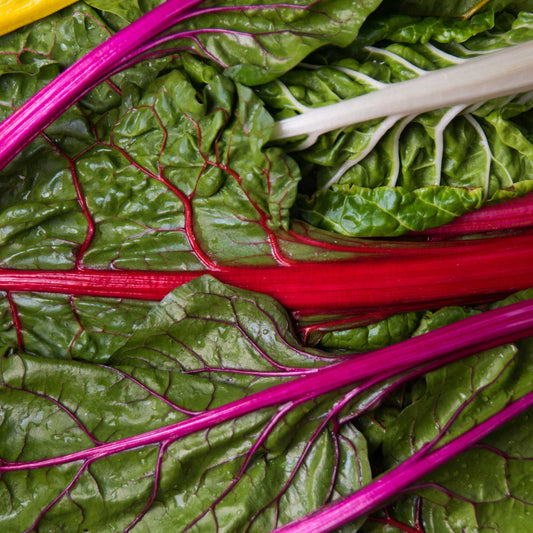
Swiss Chard Seeds - Rainbow Mix
A very ornamental variety with orange, yellow, pink, white, and red stalksSwiss Chard Seeds - Rainbow Mix
A very ornamental variety with orange, yellow, pink, white, and red stalksRegular price As Low As $4.79Regular priceUnit price per -
main-collection-product-grid
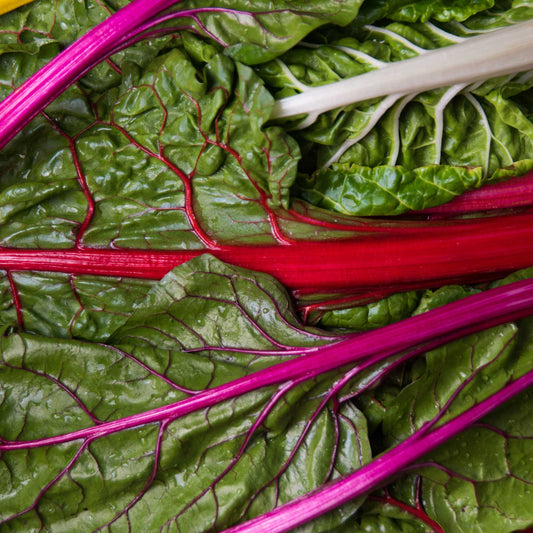
Swiss Chard Seeds (Organic) - Rainbow of Lights
Ornamental variety that's tender to eatSwiss Chard Seeds (Organic) - Rainbow of Lights
Ornamental variety that's tender to eatRegular price As Low As $6.29Regular priceUnit price per -
main-collection-product-grid
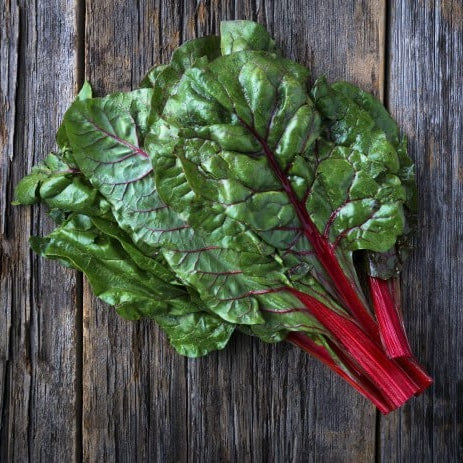
Swiss Chard Seeds - Ruby Red
Nutritious green leaves decorated with scarlet veinsSwiss Chard Seeds - Ruby Red
Nutritious green leaves decorated with scarlet veinsRegular price As Low As $4.79Regular priceUnit price per -
main-collection-product-grid
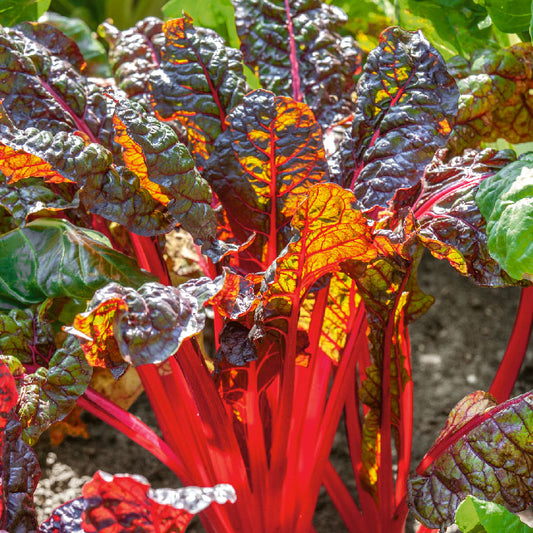
Swiss Chard Seeds (Organic) - Ruby Red
Nutritious, delicious and attractiveSwiss Chard Seeds (Organic) - Ruby Red
Nutritious, delicious and attractiveRegular price As Low As $6.29Regular priceUnit price per -
main-collection-product-grid
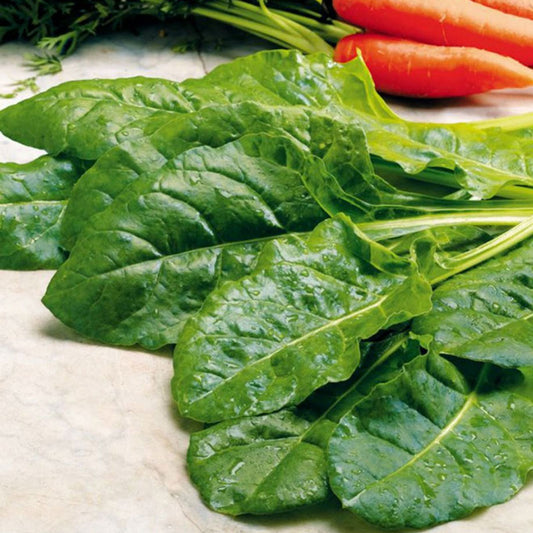
Swiss Chard Seeds - Perpetual Spinach
Slower to bolt in hot weatherSwiss Chard Seeds - Perpetual Spinach
Slower to bolt in hot weatherRegular price As Low As $4.49Regular priceUnit price per -
main-collection-product-grid
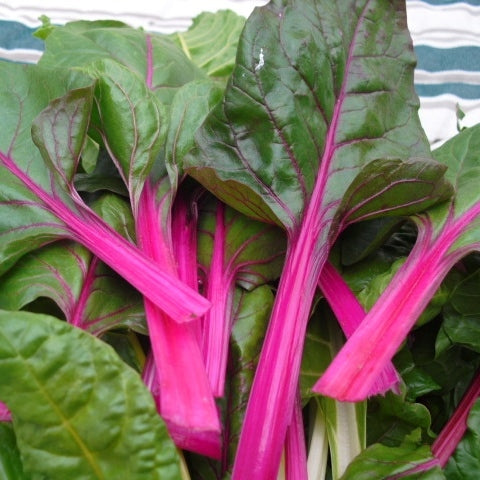
Swiss Chard Seeds - Pink Lipstick
Delicious leaves in a fun pink color to dress up your gardenSwiss Chard Seeds - Pink Lipstick
Delicious leaves in a fun pink color to dress up your gardenRegular price As Low As $4.49Regular priceUnit price per -
main-collection-product-grid
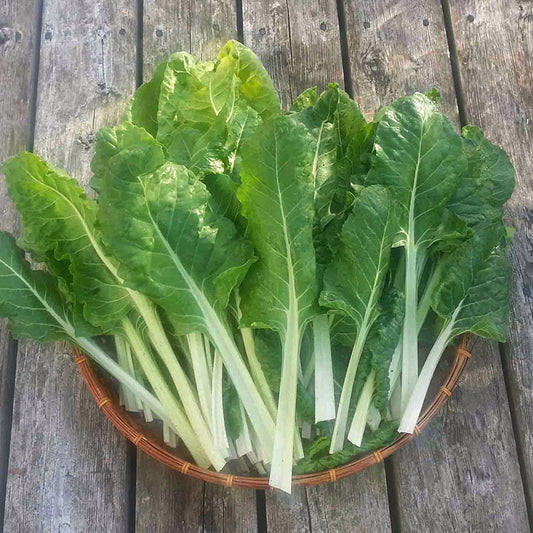
Swiss Chard Seeds - Fordhook
Resilient enough to grow in any climateSwiss Chard Seeds - Fordhook
Resilient enough to grow in any climateRegular price As Low As $4.49Regular priceUnit price per -
main-collection-product-grid
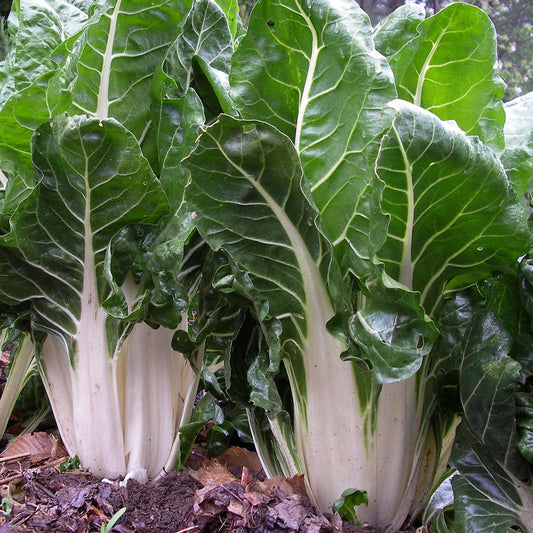
Swiss Chard Seeds - Large White Rib
Thick, yet tender deep green leavesSwiss Chard Seeds - Large White Rib
Thick, yet tender deep green leavesRegular price As Low As $4.49Regular priceUnit price per -
main-collection-product-grid
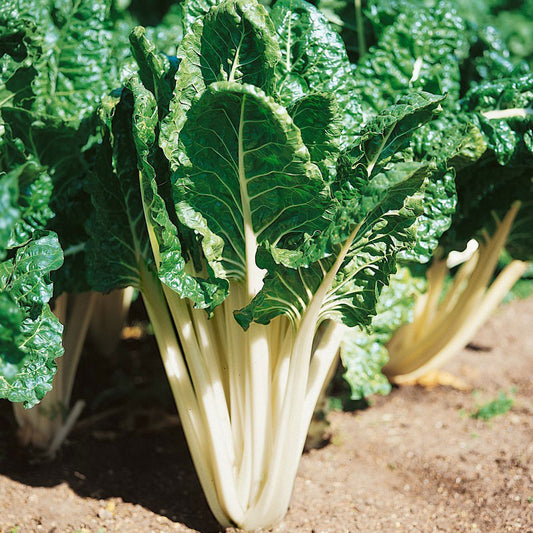
Swiss Chard Seeds - Lucullus
Packed with Vitamins A and CSwiss Chard Seeds - Lucullus
Packed with Vitamins A and CRegular price As Low As $4.49Regular priceUnit price per
Planting the best Swiss chard seeds
- 9 Swiss chard seed varieties
- Drought tolerant
- A delicious cool-season vegetable
- Very similar to spinach and great as microgreens
The great taste of Swiss Chard
Despite its name, Swiss chard has its origins in the Mediterranean, where it was grown by the ancient Greeks. Other names for this nutrient-packed plant include silver beet, spinach beet, and seakale beet. Like most other leafy greens, it grows best in the cooler weather of spring and fall. Unlike most others, however, chard will continue growing through summer, if somewhat less vigorously. Its ribs offer a pleasant crunch in stir fry and pasta dishes, and the green leaves are less bitter than those of some similar plants. It can also be eaten raw, or added to smoothies for a boost of nutrition.
Growing swiss chard in your vegetable garden bed
Plant chard two to three weeks before the last frost date in spring, in well-drained soil. Continue succession planting every 10 days through early spring. In the fall, plant your final crop at least a month before the first frost date. Soak seeds in water before planting for faster germination, and regularly water young seedlings and established plants. Harvest leaves when they're six to eight inches long. Start with the outer edges, leaving younger leaves to grow for later harvests.
Swiss Chard has many wonderful companion plants, from flowers to vegetables
Chard makes an excellent companion plant for a number of edibles and more than a few flowers. Varieties like Eden Brothers' Rainbow of Lights Swiss Chard Seeds, Ruby Red Swiss Chard Seeds, and Pink Lipstick Swiss Chard Seeds can easily be planted in ornamental gardens as well as vegetable beds, and are a great choice for those looking to grow some of their own food without detracting from landscaping. If you're low on space, chard grows well in containers.
In a traditional vegetable garden, plants like beans and tomatoes are choice companions for chard. Try Eden Brothers' Cherokee Wax Bean Seeds or Tongue of Fire Bean Seeds for another bright pop of edible color that will be just as fun to eat as it is to enjoy in the garden. Celery, another fall plant, grows well with chard, and cooler temperatures mean better flavor for both of them. Marigolds will keep most insects from your chard. Herbs and chard don't often make good partners, but you'll find an exception in mint, which attracts beneficial pollinators and repels certain pests (though it is recommended you grow your mint in a container, where it can't spread too quickly).
To learn more about planting, growing, and caring for Swiss chard seed, see our Swiss Chard Seeds Planting Guide.








